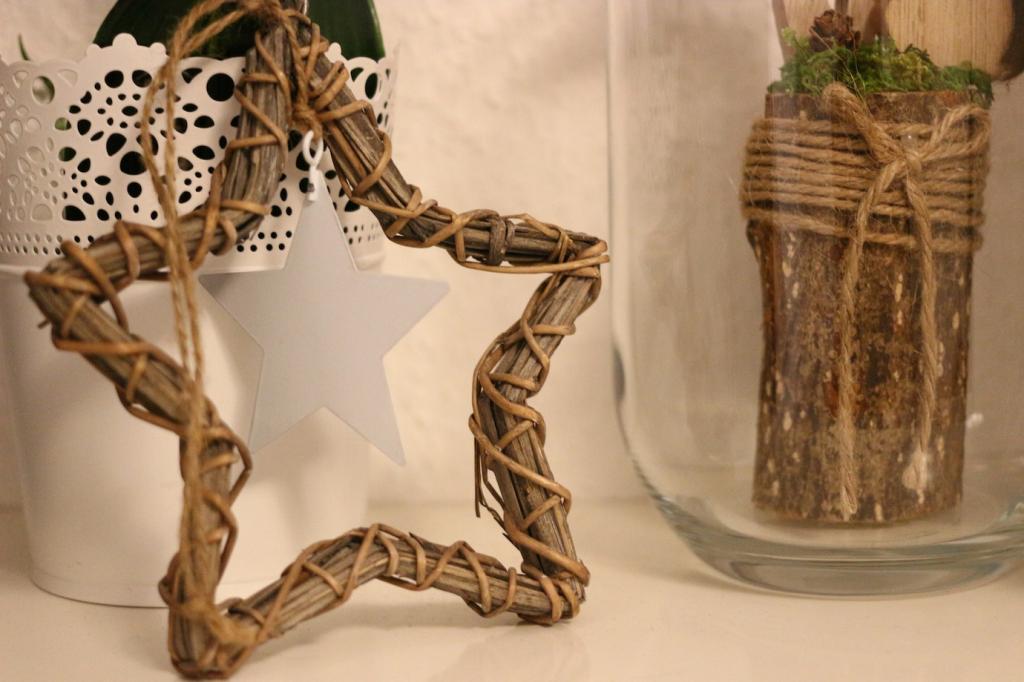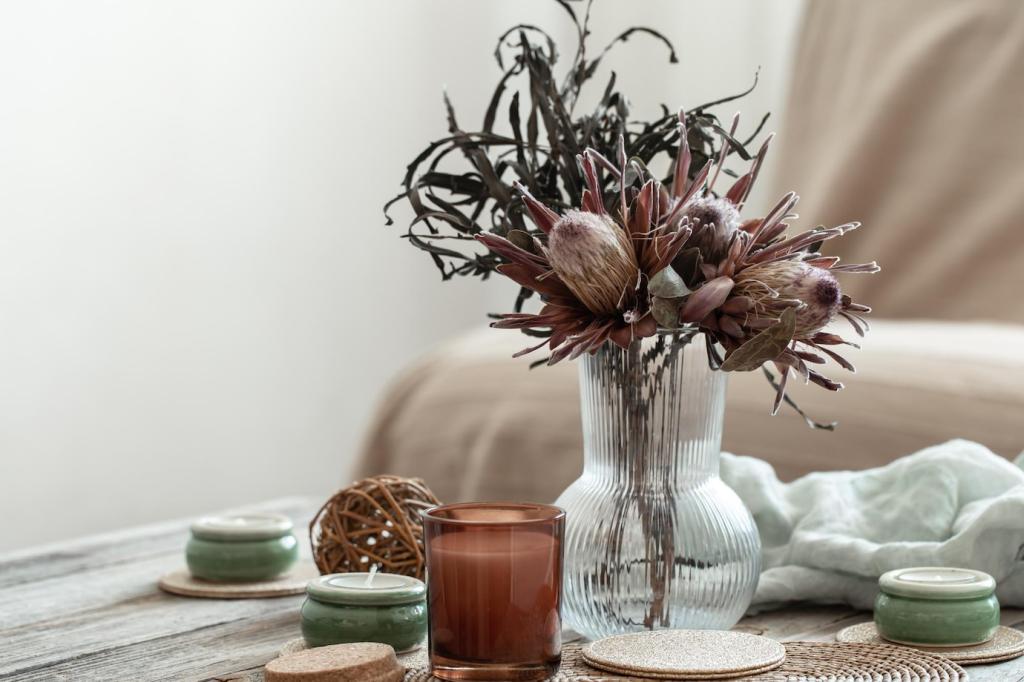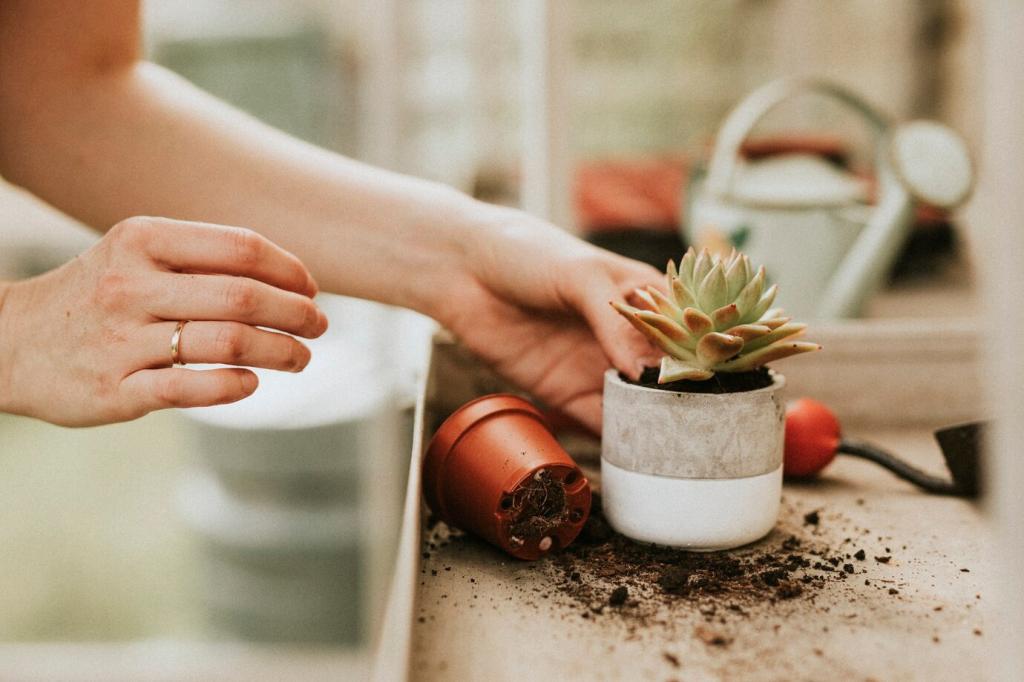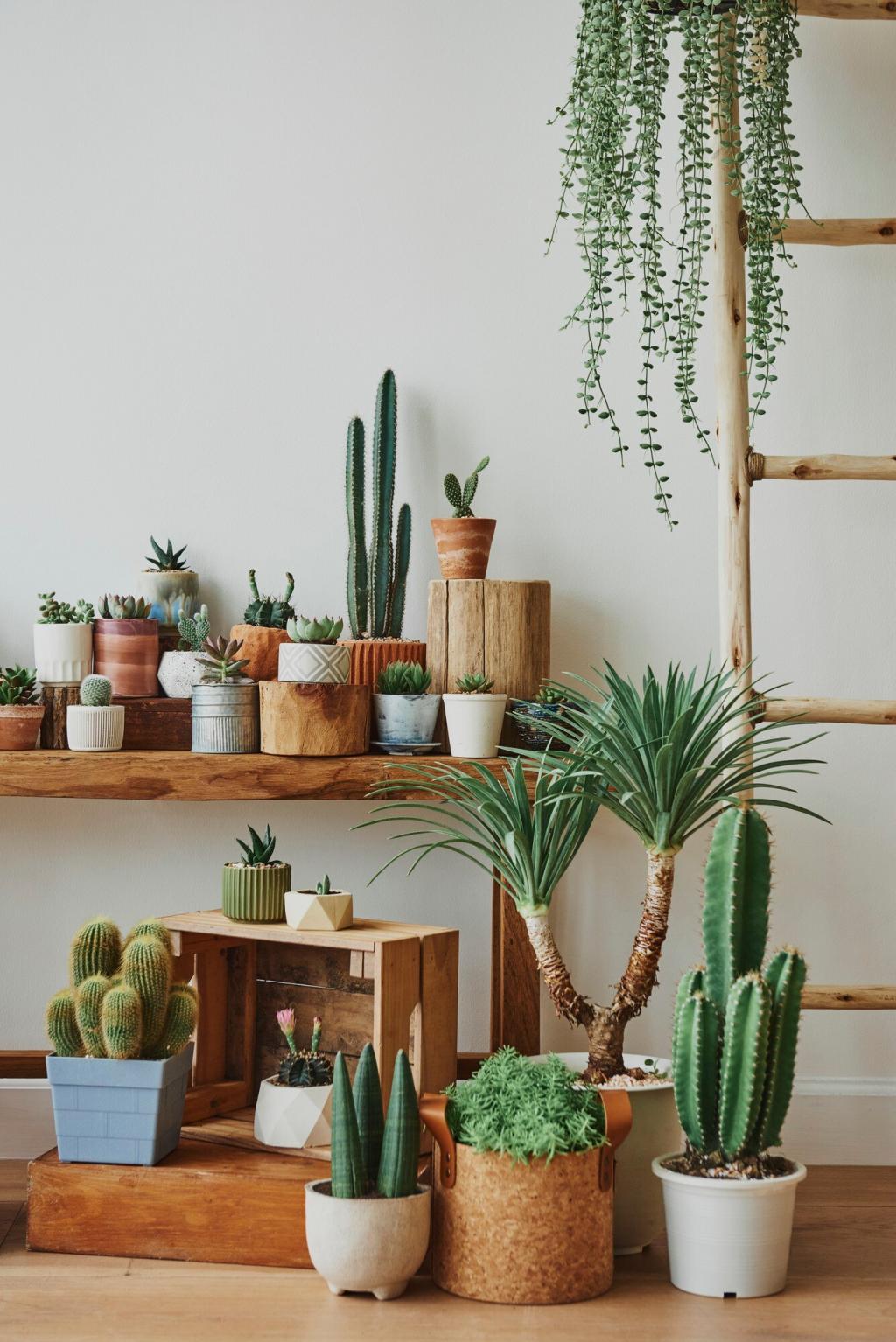A Real-World Makeover: The Week We Swapped Fumes for Freshness
Maya sampled three zero-VOC paints and one clay finish on a sunlit wall. By evening, the clay swatch read deeper and calmer than the chip. Her toddler napped next door without complaints—already a win worth sharing.
A Real-World Makeover: The Week We Swapped Fumes for Freshness
She mixed milk paint for the pine shelves, loving the quick dry and velvety touch. The clay finish rolled on buttery, hiding tiny imperfections. With windows open and a box fan, the den smelled faintly earthy, not chemical.
A Real-World Makeover: The Week We Swapped Fumes for Freshness
Light bounced softly, and guests asked about the color, not the odor. A high-traffic corner needed one extra touch-up coat. Maya recommends labeling jars, noting ratios, and budgeting time for gentle sanding. Comment if you want her full materials list.
A Real-World Makeover: The Week We Swapped Fumes for Freshness
Lorem ipsum dolor sit amet, consectetur adipiscing elit. Ut elit tellus, luctus nec ullamcorper mattis, pulvinar dapibus leo.





